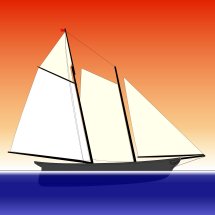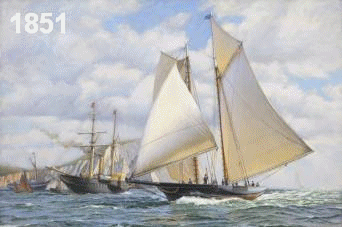 AMERICA'S CUP
AMERICA'S CUP1851-1937
"If we can fly today in the San Francisco Bay, this is because there have been "adventurers" like Walter Greene and Mike Birch.
To understand the future, we must know and respect the past."
Loïck PEYRON (Voiles et Voiliers July 2014)
![]()



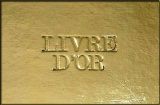





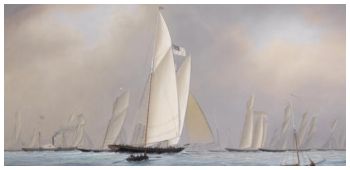
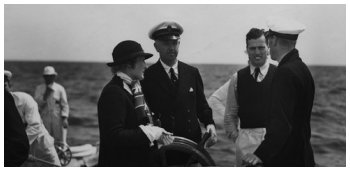

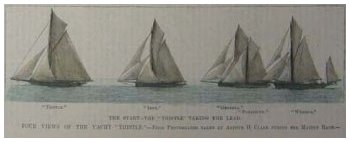

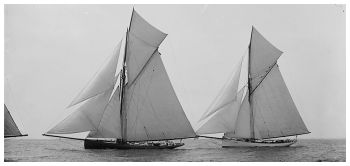
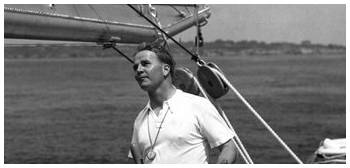
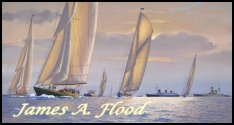 James Flood is a South Florida maritime artist and historian whose primary works are of sea-going vessels, usually portrayed in an historic context.
James Flood is a South Florida maritime artist and historian whose primary works are of sea-going vessels, usually portrayed in an historic context.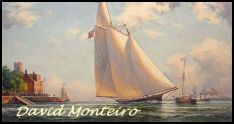 David Monteiro is a native of Plymouth, Massachusetts. As a child, he showed an aptitude for drawing and creativity that became more evident throughout his adolescent years.
David Monteiro is a native of Plymouth, Massachusetts. As a child, he showed an aptitude for drawing and creativity that became more evident throughout his adolescent years.

